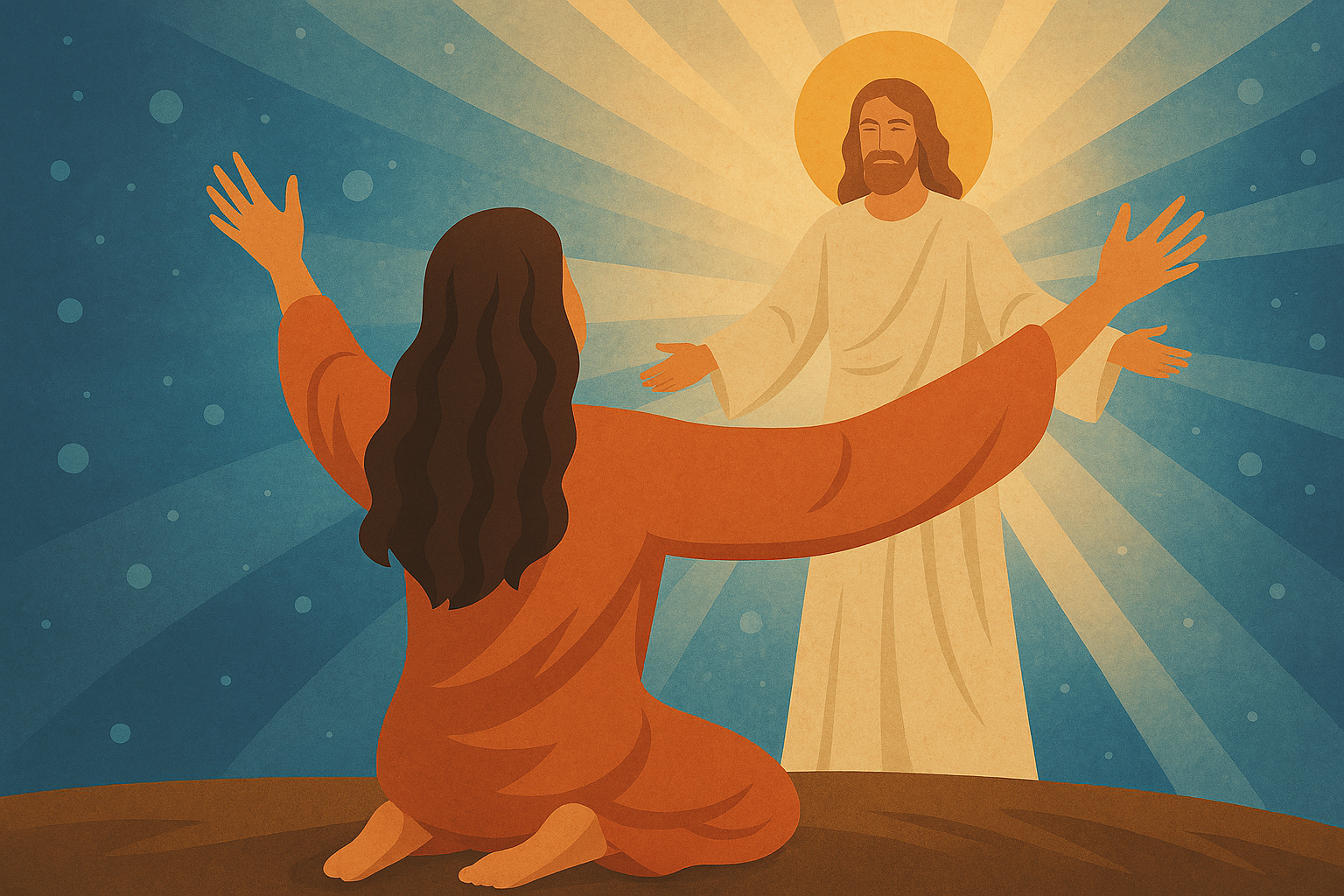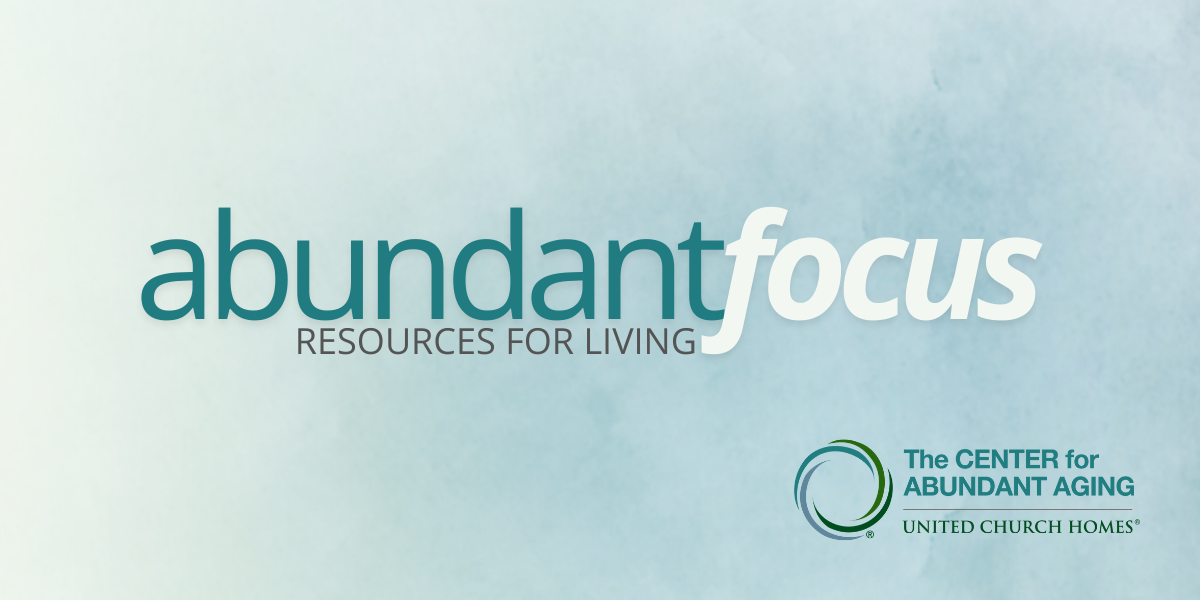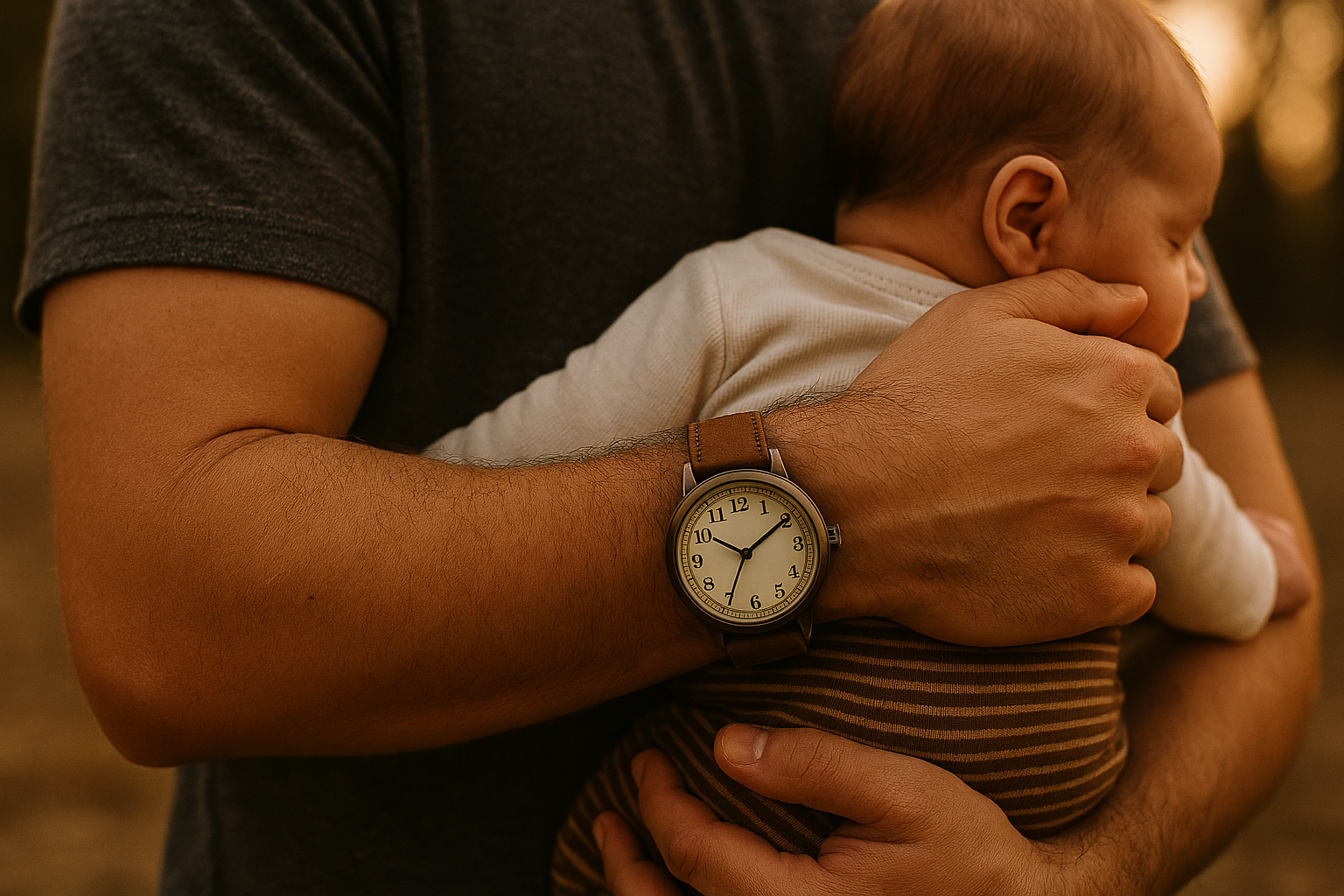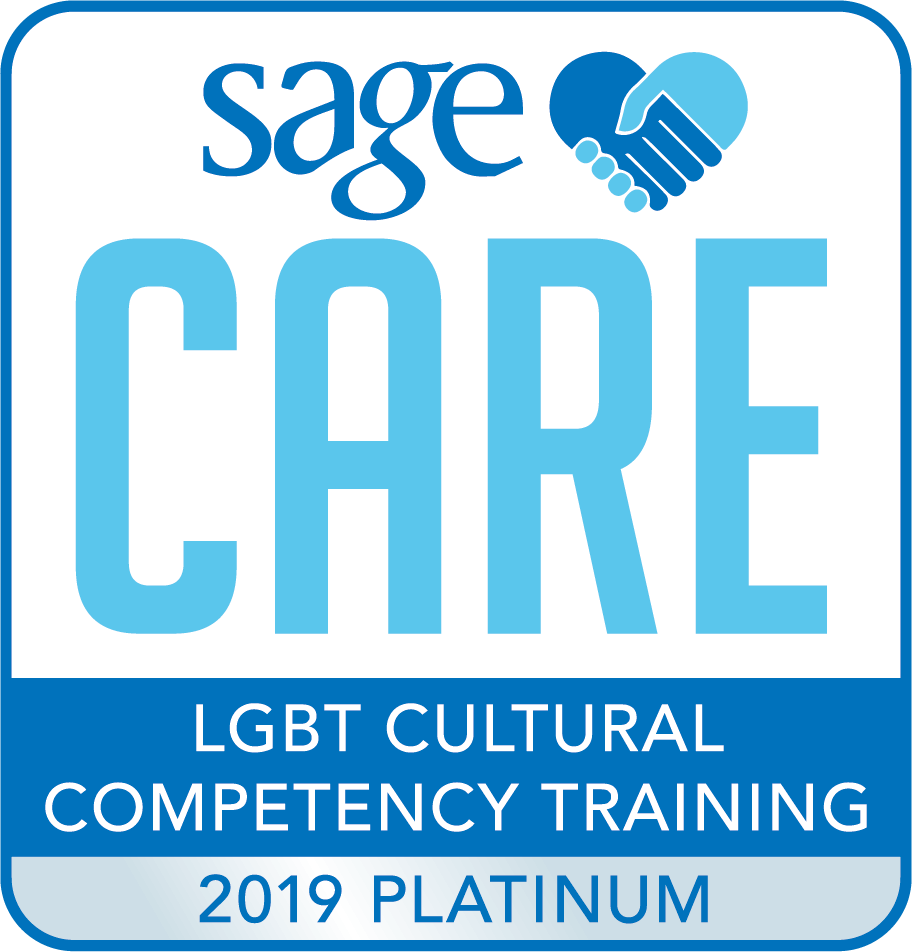“Hope” is the thing with feathers—
That perches in the soul—
And sings the tune without the words—
And never stops—at all—
Emily Dickinson
Hope never stops. Really? I might argue with that just a bit, especially in the past 15 months or so. There have been days when I have struggled to find a hopeful outlook, even as it felt like the pandemic was waning and our lives were waking up. I still find myself dwelling on the uncertainty of this season and the grief that is so real for so many people across our world.
Since March 2020 when we were just beginning to realize that our lives were going to change in the face of a new and mysterious virus, I have hosted a weekly discussion with area clergy in west Michigan. As the area minister, I am called to support both churches and clergy in ministry and so, I learned how to navigate the Zoom platform for virtual meetings. And people showed up! They continue to show up! We’ve become close colleagues, we’ve shared our fears and challenges openly and deeply, we’ve learned together, and we’ve weathered these months with hope.
Most recently, this group has been reading Barbara Brown Taylor’s Learning to Walk in the Dark, a memoir of her relationship with darkness. You might imagine that she addresses not only the physical darkness that evokes our childhood fears but she also challenges us to uncover and examine the internal darkness of our hearts.
Where Hope Resides
And perhaps that’s where we begin. Perhaps that’s where hope resides and lingers and perseveres. Taylor calls us to question whether we equate our more negative emotions like sadness and anger and disappointment with darkness, and she invites us to consider how we confront them. Her observations lead her to conclude that it is not these emotions themselves that pull us down but rather the avoidance of these feelings that color our outlook. “I learned that sadness does not sink a person; it is the energy a person spends trying to avoid sadness that does that.” (p. 80) Hope is planted in the seeds of facing our emotions; hope is planted within our hearts as we experience all that life holds.
These past months have provided many, many emotions that we’ve held in our hearts. In the past weeks I’ve found myself in a time of widely swinging emotion—joy and anticipation along with loneliness and yes, sadness. In the quiet of my still-distanced home, I’ve realized that for much of the past year I’ve held my emotions in check, feeling neither joy nor sadness to full measure. Post-vaccine, I can sense that those boundaries are expanding and my heart feels like it is cracking open. In feeling sad and happy and frustrated and joyful, I’ve begun to feel hopeful again; less apprehensive about the future; more ready to experience whatever comes next.
Acknowledging Deep Emotions
The Apostle Paul gives us wisdom for the Christian life. Two thousand years ago he wrote to the people of Rome, encouraging them in faith.
but we also boast in our sufferings, knowing that suffering produces endurance, and endurance produces character, and character produces hope, and hope does not disappoint us, because God’s love has been poured into our hearts through the Holy Spirit that has been given to us. (Romans 5:3-5)
That thread of reason begins with “boasting” in suffering, a curious word. But I wonder if this is the acknowledgement of the deep emotions of our hearts that Taylor cautions against avoiding. Boasting in the things that touch us deeply allows us to endure even through a global pandemic, growing in character and then in hope. And hope, Paul says, does not disappoint. Hope blossoms. Hope endures.
View all articles by:






















